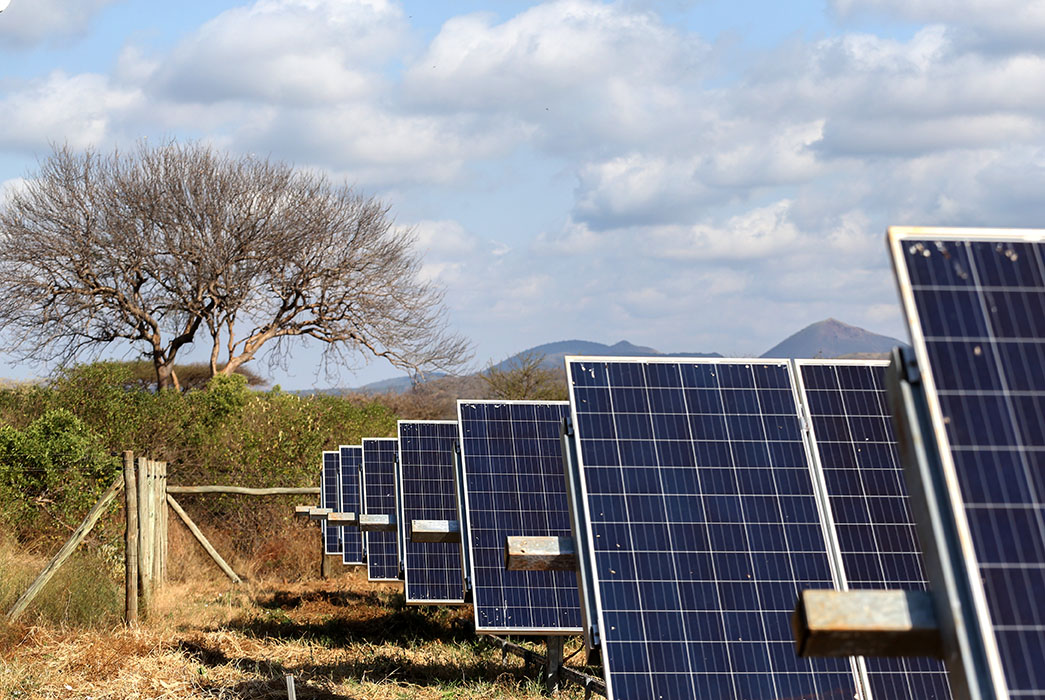Off-grid solutions through decentralised renewables can be key to increasing Kenya’s energy access
The Kenyan government strives for 100% electricity access for all citizens by 2026. To achieve this, off-grid or decentralized renewable energy solutions can help connect rural areas that have low electricity demand.

In its 2018 National Energy Policy, the Kenyan government outlined plans to expand energy access to all citizens through its state-owned grid utility. While this can be feasible for densely populated areas, this strategy should be complemented by investment in available off-grid solutions through decentralised renewables to bring clean power to remote rural areas, a recent study by the Stockholm Environment Institute (SEI) finds. Some of these solutions, such as solar home systems, have incorporated technology and design that can uniquely favour or customize household electricity utilisation. For example, machine-to-machine (M2M) technologies can enable low-income households to access solar power products through a ‘pay-as-you-go’ (PAYGO) instalment plan. The solar home systems include embedded GSM technology for monitoring and metering usage as customers pay daily instalments via mobile money service until they pay off the balance and own the unit.
Renewable off-grid electricity generation and distribution solutions can alleviate some of the current issues that the Kenyan electricity system is struggling with, such as blackouts, fluctuating demand, and frequent droughts impacting hydropower output. They can also counter a push for stronger integration of fossil gas and nuclear energy as a response to the current unreliability of the power supply and high tariff rates.
Kenya has immense renewables potential, with the highest being geothermal estimated at 7-10GW. According to the Kenya Power Annual and Financial report, 2021, the current power generation is almost entirely renewables-based, with geothermal supplying 41%, hydropower 34%, and complementing sources from wind 14% and solar 1%.
